How Much Electricity Do Solar Panels Generate?
- Average wattage for solar panels
- How much electricity a solar array can generate
- Factors affecting solar panel efficiency
The top question with solar panels is about how much electricity they can produce. All systems are different and are dependent on various factors, including how they are constructed and installed, how large the system is and if there’s any shade around. Not only this, but your geographical location has a large bearing on how much electricity your solar panels will be able to generate. Places with less sun and are more overcast will never be able to produce as much electricity as places with sunnier and clearer skies.
This article will delve into how much energy individual solar panels generate, how much a solar array can produce and what factors can affect their efficiency. It will also cover an important point about solar batteries and whether it’s worth considering them for your solar system.
Looking for solar panels already? Use our quote comparison tool to find out how much you'd pay. It only takes a minute.
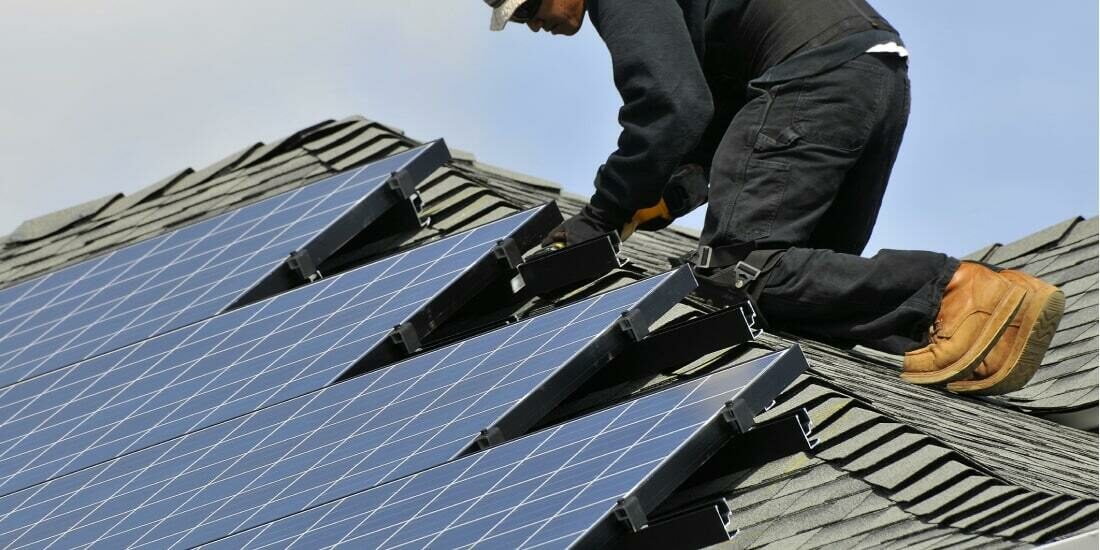
What's On This Page?
Click the links below and head straight to a specific section of the article.
How Much Energy Does a Solar Panel Produce?
Solar panels have an average output of 265 watts, but this can range from 225-350, depending on the manufacturer. The higher the wattage, the more electricity a solar panel can produce. If the conditions are optimised, a 300 watt panel can produce about 363kWh of electricity a year. If the angle of the panels is 5 degrees lower, this can reduce the output to 225kWh, which is a massive decrease for something seemingly so small. Additionally, solar panels in the northernmost reaches of Scotland under the same conditions will produce a meagre 190kWh a year.
How much power does a solar panel produce? It depends where you’re located. While the output is varied, solar panels are only as efficient as their surroundings and setup. Geographically, the south of England is the best place to produce energy from solar panels, while the tip of Scotland is the worst. With more energy generated comes more savings. The more money you’re saving, the faster the system will pay for itself.
While it’s all good and well knowing how much individual panels produce, how much energy do solar panels produce in an array? Depending on the size of your solar array, you’ll be able to produce more energy. You can typically expect a 1kW system to produce around 850kWh a year, whereas a 5kW array can produce around 4,500kWh a year.
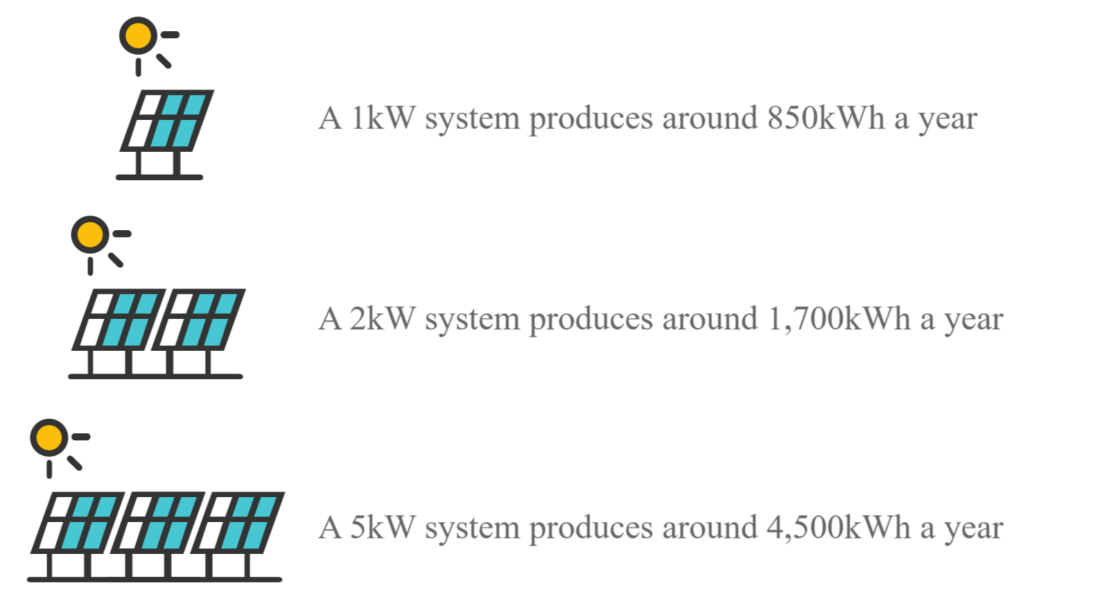
How Can I Tell How Much Energy I’ve Produced?
When you have your solar panels installed, the system will come with a meter that will display how much energy has been produced. You may also have an app with your system, giving you complete control and an overview of your solar array. This will also depend on how clean and how old your panels are, but as they are usually low maintenance, it should stay fairly consistent.
How Many Panels Will I Need?
According to Energy Saving Trust, a single three bedroom home uses roughly 3,000kWh of electricity a year. Installing a 4-5kW system should be able to cover this, although it depends if you are looking to run your home exclusively on renewable electricity or supplement it instead. If you have a high energy consumption, you will require solar panels with at least 300 watts. If you’re only looking to supplement your usage, lower output panels could be more useful.
Typically, a solar array will consist of 12-16 solar panels, which will have an output of 3-4kW, which will cover the energy needs for 4 or 5 people. A smaller home can easily run on a 2-3kW system. To put this into perspective, a 4kW system produces around 3,400kWh of electricity a year, which is enough to power appliances around the home for over 1,000 hours a time. This is almost enough energy to power a fridge freezer for over 11 years.
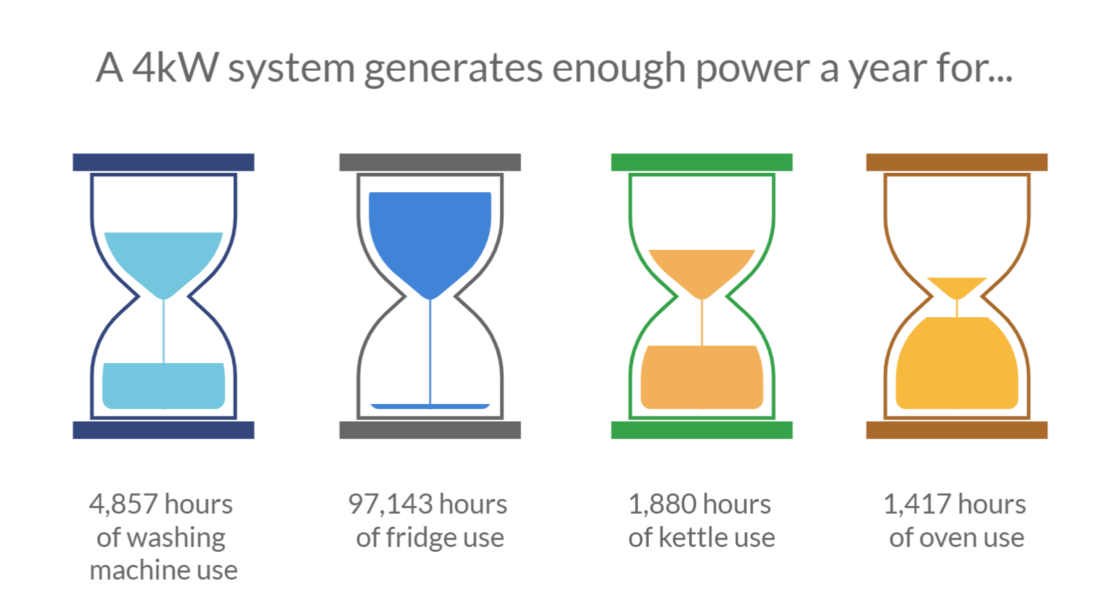
What Affects How Much Power Solar Panels Produce?
To get the most amount of electricity generated by your solar panels, they will need to be operating at optimum efficiency. This includes their angle, which direction they’re facing, their size and if there’s the potential for any shade to block them. If you follow best practice, you’ll be generating as much power as you can no matter your geographical location.
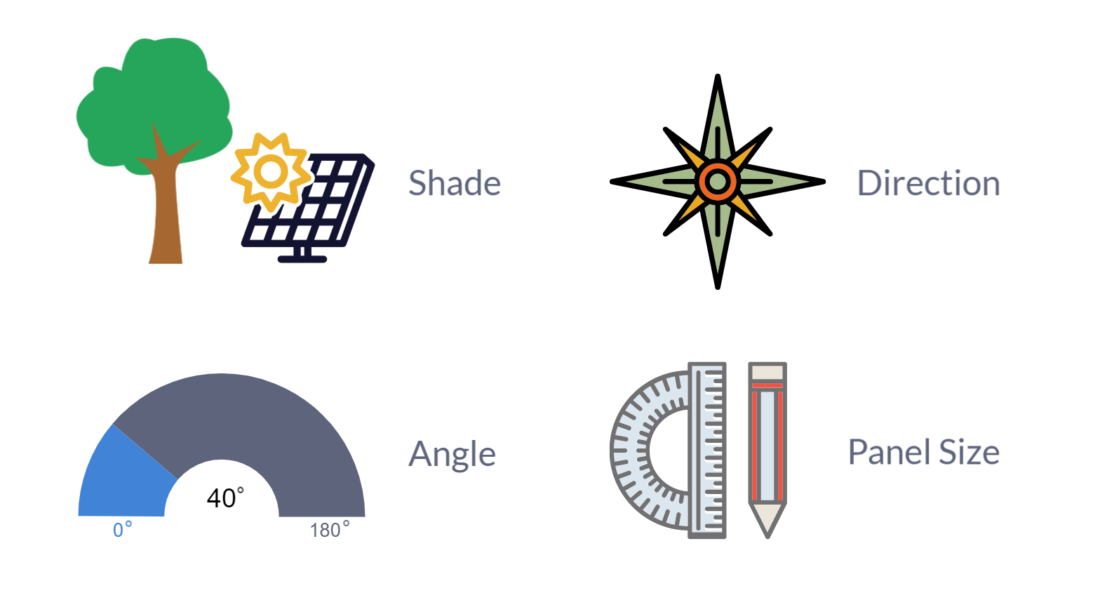
You should make sure the place where your solar panels are going isn’t covered by trees or other buildings that could obscure them in shade. As much as 40% of a solar panel’s efficiency can be lost if they have to contend with shade. The technology of solar panels means that solar cells are usually connected in a series of strings. The output is essentially the same across a string as the weakest generating cell. If one cell is completely covered in shade, the whole string is reduced to nothing. Shading can include surrounding trees, moving clouds, snow, dirt and grime. This is one of the reasons why solar panels should be cleaned on a regular basis.
The angle of a solar panel is crucial, as is the direction it’s facing. True south facing is best and an angle of 40° is ideal. Increasing the angle by 40° will reduce your efficiency to 81% and decreasing the angle by 40° will reduce it to 84%, but this is only on a south facing roof. West and east facing solar panels will only produce 78% as much electricity compared to the optimum conditions. Interestingly enough, panels at a 0° orientation will produce 84% of their potential energy no matter the orientation of the roof, but wall-mounted solar panels facing east or west will reduce the electricity produced by exactly half.
You can see the full data in the interactive graph below. Click on the entries in the legend to hide them.
Solar Panel Maintenance
Solar panels are low maintenance. You can usually just leave them to it and they’ll generate electricity year round without any fuss. Rainfall usually rinses them off due to their angle. The only issue you might have is if they become dirty or covered in snow or debris. Making sure they’re clean will keep them at peak efficiency and ensure you’re generating as much electricity as you can. It’s entirely up to you how frequently you get your solar panels cleaned. Some people won’t bother, but it’s recommended to get them cleaned at least once or twice a year. Some experts even suggest quarterly cleaning to keep your panels on top form.
While you can clean them yourself, there is the potential to damage the surface, through scratches or cracks, which will permanently affect their efficiency. Hiring a professional to clean your solar panels will cost you between £4 and £15 per panel, depending on how big your solar array is and how high it is installed. See our full guide on cleaning and maintaining your solar panels.
Will I Need a Solar Battery?
This depends on your energy needs and how you’re using the power that’s generated by your solar panels. If you wish to utilise the power during the evening once the sun has gone down, a battery can be worth it. If you’re home during the day, you can utilise the free energy as it’s being generated. A battery can reduce your energy bills, but not having one will mean you get money back from the national grid for supplying it with power that you don’t use.
The best solar batteries of 2024 compares different solar batteries available on the market.
Related articles
View all Solar Panel articles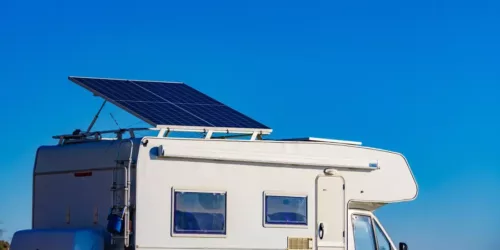
A Complete Guide to Caravan Solar Panels

Are Solar Panels Worth It in Wales?

Project Solar UK: Company Overview
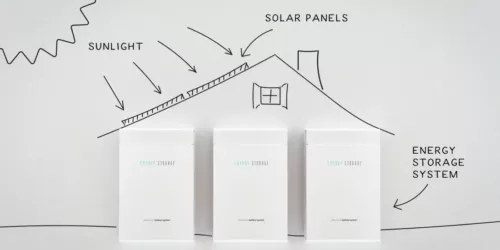
Battery Storage for Solar Panels Explained

Solar Panel Kits Explained - Everything You Need to Know
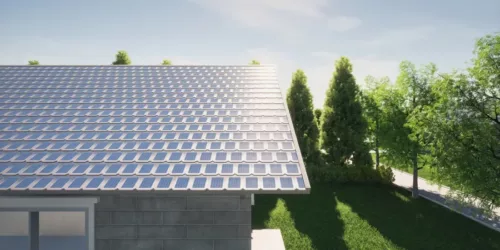
Are Solar Roofing Tiles Worth It?
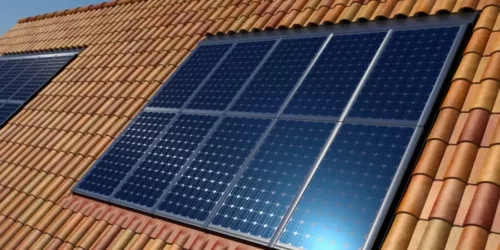
A Complete Guide to Roof Integrated Solar Panels







